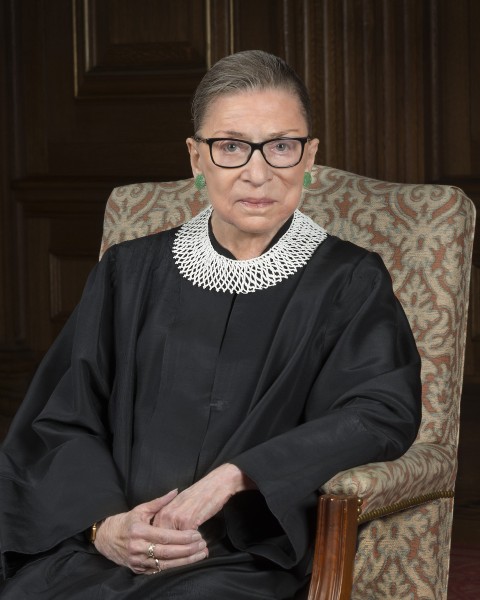Supreme Court justice Ruth Bader Ginsburg dies at 87

A phrase from the book of Deuteronomy hangs framed on the wall of Ruth Bader Ginsburg’s Supreme Court chamber: “Justice, justice you shall pursue.”
For Ginsburg, who died at home surrounded by her family on September 18 at the age of 87, the phrase summed up perfectly her calling as jurist and a Jew.
In a 2018 interview with Jane Eisner, then editor of the Jewish daily Forward, Ginsburg said that she grew up in the shadow of World War II and the Holocaust and it left a deep and lasting imprint on her.





